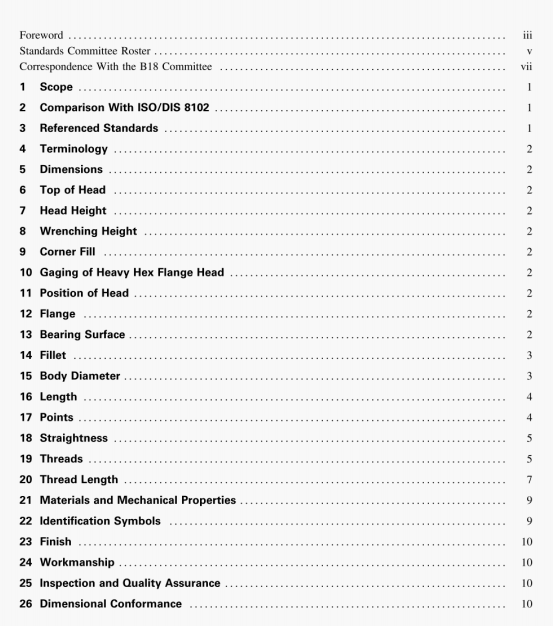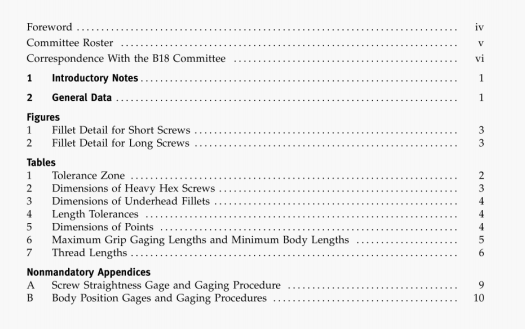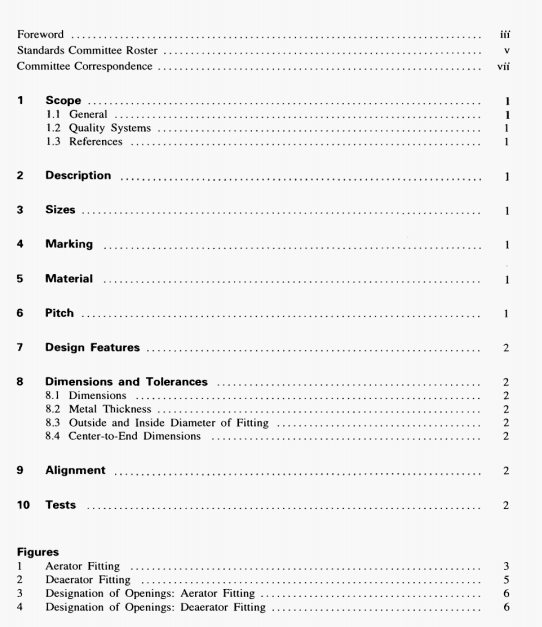Abstract: ASME B30.17:2020 pdf download.Cranes and Monorails(With Underhung Trolley or Bridge). pendant station: controls suspended from the crane and/ or hoist for operating the unit from the floor. push-button station: an electrical control device...
ASME B30.17:2020 pdf download.Cranes and Monorails(With Underhung Trolley or Bridge).
pendant station: controls suspended from the crane and/ or hoist for operating the unit from the floor.
push-button station: an electrical control device consisting of push-button-operated contacts, in an enclosure used by the operator for control of the powered motions of the crane, carrier, hoist, and other auxiliary equipment.
qualified person: a person who, by possession of a recognized degree in an applicable field or certificate of professional
standing, or by extensive knowledge, training and experience, has successfully demonstrated the ability to solve or resolve
problems relating to the subject matter and work
radio controlled: operated from a radio transmitter located at a point not mechanically attached to the device being controlled.
rail: the structural member that supports the top running crane or trolley wheels.
rail sweep: a device attached to the crane and located in front of the crane’s leading wheels to push aside loose obstructions.
rated load: the maximum load designated by the manufacturer or qualified person, for which the crane or monorail system is designed and built.
remote controlled: controlled by a control station located at a point not mechanically attached to the device being controlled.
rope: refers to wire rope, unless otherwise specified.
runway: an assembly of rails, tracks, beams, girders, brackets, and framework on which the crane travels.
service, heavy: service that involves operation within the rated load limit that exceeds normal service.
service, normal: service that involves operation with randomly distributed loads within the rated load limit, or uniform loads of
less than 65% of the rated load for not more than 15% of the time for manually operated hoists, and 25% of the time for electric or pneumaticpowered hoists of a single work shift.
Recommended:
ASME A112.1.2:2012 pdf download ASME 14414:2015 pdf download ASME 30.9:2021 pdf download ASME Y14.1-2020 pdf download



